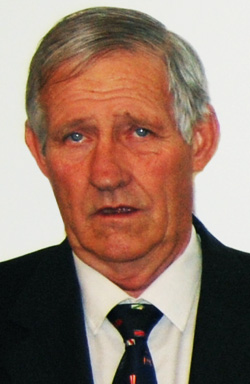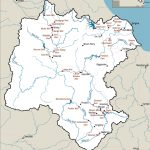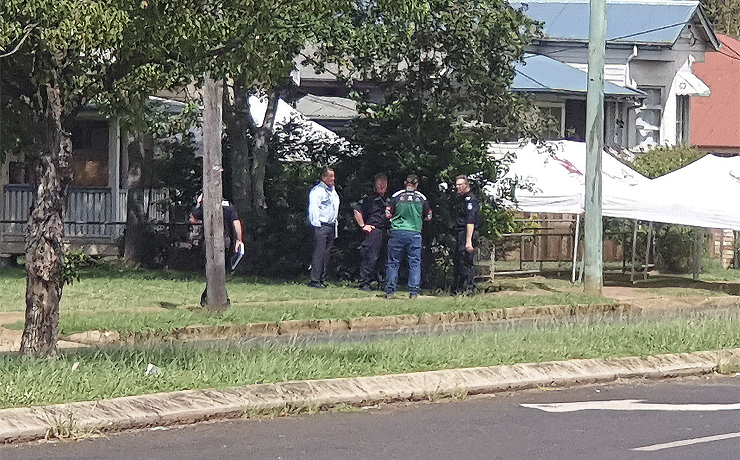
April 30, 2012
By Dafyd Martindale
Counting in the South Burnett Regional Council’s hotly contested Division 1 election inched forward at a snail’s pace today, with incumbent Barry Green managing to increase his lead slightly to 35.73 per cent of the 2473 votes counted so far.
But with rival candidates Steve Jeffery (31.00%), Sandy Towell (27.72%) and Mark Ladyman (5.56%) still holding almost two-thirds of the total vote count between them, the final outcome is unlikely to be known for many days yet.
Under the optional preferential voting (OPV) system that applies to divisional Council elections, Division 1 voters had the choice of:
- Casting a single preference (a “1”, tick or cross) alongside the name of just one candidate, leaving all other squares blank (this is called “plumping” for one candidate); or…
- Indicating their preference for some (but not all) of the other candidates (for example, vote 1, 2, 3 in a ballot with four candidates); or…
- Listing all of the candidates in their order of preference (that is, a number in every square).
OPV differs from full preferential voting, where only the third option listed above is allowed and failure to number every square normally renders the ballot paper informal.
But under either system, the outcome of the election isn’t necessarily determined by whoever has the most number of votes after the primary (ie number 1) votes are counted.
Unless the leading candidate at that stage has an absolute majority (that is, more than 50 per cent of all formal votes cast), counting continues with a progressive distribution of preferences until one candidate achieves a majority.
How Preferences Are Distributed
Counting the votes under OPV In Queensland is done in stages.
Once the total number of formal first preference votes is known, a “quota” is determined. The majority required to win the seat on first preference votes (primaries) is calculated by determining how many votes comprise 50 per cent + 1 of the total formal votes.
The formal first preference votes for each candidate are then sorted onto piles and counted. If one candidate receives an absolute majority (50 per cent + 1) of the first preference votes, then that candidate is declared elected.
But if no candidate wins a majority of the first preference votes, then the polling officials proceed to count second preferences.
The second count is done by excluding the candidate with the fewest votes, and distributing the second preferences as indicated.
Ballot papers with no second preferences are set aside as exhausted votes, which reduces the total number of formal votes left in the count.
This means that a new quota (“majority”) has to be calculated.
And if a candidate has a majority (50 per cent + 1) of votes after the second preferences are distributed, then that candidate is the winner.
But if no candidate has a majority after the second count, it is necessary to continue to a third count (or more, depending on the closeness of the count and the number of candidates in the election), excluding the next remaining candidate with the fewest votes and distributing the preferences as indicated.
This counting process continues until one candidate achieves a quota or majority of votes.
Rivals Will Have The Final Say On Green’s Future
With only 958 votes remaining to be counted in Division 1, it’s extremely unlikely that any of the four candidates could secure an outright victory. So the matter will need to be decided on preferences.
And at this stage it seems most likely that Mark Ladyman’s preferences will be distributed first. They may be enough to tip the balance to either Barry Green or Steve Jeffery if either candidate is close to quota.
But if this is insufficient, then Sandy Towell’s preferences will probably wind up deciding the ultimate winner.
Green won the Division at the 2008 elections comfortably with a margin of 56.90 per cent against rival Glen Yeates (43.1 per cent). The collapse in his vote this time around could imply the preferences of rival candidates aren’t likely to favour him.
However elections are strange things and voters often choose to do things that election candidates don’t want them to do.
One of these is casting a protest vote with their first preference but then issuing a “make good” with their second preference.
This is based on the assumption that their first preference candidate won’t win, but that giving their real choice a second preference sends that candidate a message that they haven’t done a great job and need to shape up.























